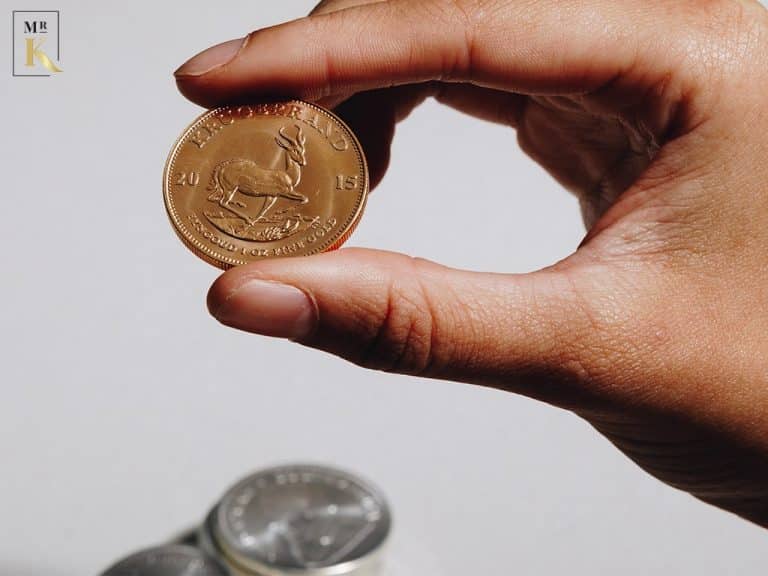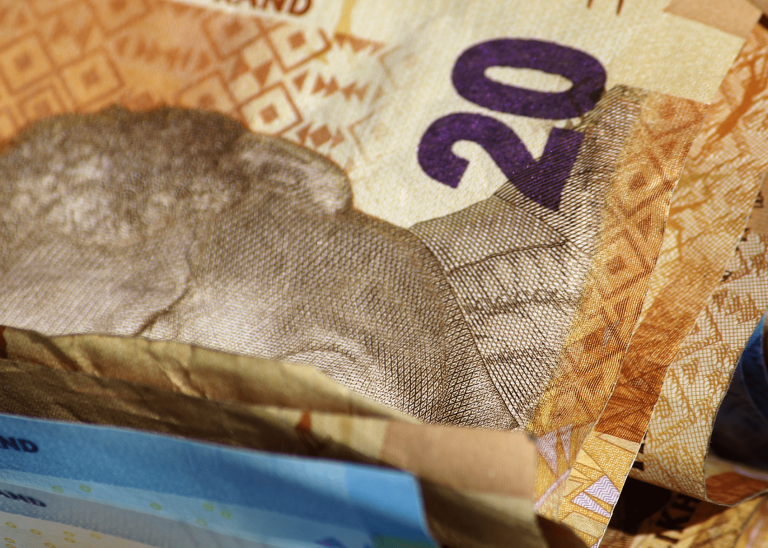By Nicolene Becker Qualified Goldsmith and Jewellery Design Consultant at Gold Stock Investment
Now that you have decided to take the next big step in your relationship, you’ll want to let the whole world know, and the best way to do that is with a diamond engagement ring.
De Beers’ slogan “Diamonds Are Forever” goes a long way towards explaining the enduring popularity of diamonds in engagement rings. There is no gemstone on earth quite like a diamond – although they are not indestructible, they cannot be scratched and will literally sparkle forever, whereas other stones will gradually become dull and may even need to be replaced.
Diamonds have been valued for centuries for their rarity and durability. They remain the gemstone of choice when it comes to declaring undying love, and we asked Nicolene Becker, Gold Stock Investment’s in-house Jewellery Designer and Qualified Goldsmith, to provide some pointers on choosing the perfect diamond and what factors to consider when looking to get maximum bling for your buck.
People often refer to the “4Cs” when discussing the quality and value of diamonds. But why are they so important when buying a diamond, and how do they affect the price you will be paying? “Before we get to the 4Cs, I would like to add an ‘S’ to the list”, says Nicolene, “This would be for the shape of the diamond”.
Shape often is confused with one of the 4Cs (namely cut), which we will return to later. Shape refers to whether a diamond is round, square, oval etc. Round diamonds are typically priced higher than other shaped diamonds because of the work involved in cutting the natural form of a rough diamond into a round shape.
A lot of the rough diamond, which was initially paid for, is lost in the cutting and polishing of a round shape. Other shapes can be more easily positioned in ways that try and use as much of the rough diamond as possible, resulting in a more affordable price per carat.
Now let’s look at the 4Cs and see how each contributes to the final price.
Carat
This is the unit in which the weight of a diamond is measured and can also be a guide as to how large the diamond looks. Many clients are initially under the impression that they must buy a 1ct diamond in order to impress. This is not always the case: although they may sound small, diamonds weighing 0.30ct – 0.50ct can look larger than you might expect.
How does the carat of a diamond influence its price? All diamonds are bought and sold worldwide at a dollar price per carat and are then categorised by weight as well as by colour and clarity. With every new weight category, the price increases. So, let’s assume you would like to buy a 1ct diamond.
The physical difference in measurements of a 1ct diamond vs. a 0.90ct diamond is actually very small, but the price increases disproportionately as you cross the line from 0.99ct in weight to 1ct.
Considering how much a diamond’s size contributes to its visual impact, it would be more cost-effective to buy a 0.90ct diamond.
Colour
The colour of a diamond is most commonly determined by how white or how yellow it is. Each stone is then graded alphabetically, starting at D for white to Z for very yellow. These grades are then typically grouped as follows:
• Colourless (graded D – F),
• Near-Colourless (graded G – H)
• Commercial White (graded I – J)
The whiter or more colourless a diamond is, the more expensive it becomes. From colour grade K downwards on the scale, you will be able to notice a tinge of yellow; this can also be seen in grades I-J if they are set alongside whiter diamonds.
Diamonds graded I – J will appear white to the naked eye, making them more affordable.
Clarity
Because of the way in which diamonds have been formed over billions of years, most of them contain natural imperfections. The quantity and intensity of imperfections determine the price of the diamond. As a rule, the fewer imperfections there are in a diamond, the more it will cost. Most imperfections are only visible at a magnification of 10x so these imperfections will not necessarily affect a stone’s aesthetic appeal, but can, in fact, act as a fingerprint by which you can identify your diamond.
The grading of diamonds by clarity runs from Flawless (IF), through Very Very Slightly Included (VVS1 – VVS2), Very Slightly Included (VS1 – VS2) to Slightly Included (SI1 – SI3) – which all indicate that any imperfections present are only visible through magnification. Included (I1 – I3) diamonds, in contrast, have imperfections which are visible to the naked eye.
Clarity plays a major role in determining the price of a diamond, but imperfections can also create a unique and undeletable identification method. At Gold Stock Investment, we often suggest buying a SI1 – SI3-graded stone as they are easily identified and more affordable.
Cut
As we saw earlier, this does not refer to the shape of the diamond but rather to the proportions in which the diamond is cut. The most common cut for round diamonds is the brilliant cut. Within this particular cut, there are different grades reflecting just how perfectly a diamond has been cut, according to the established brilliant cut standards.
The magic of the brilliant cut is that it enables all the light that enters the top of the diamond to be reflected back again, thus creating maximum fire or sparkle. If a diamond is cut in too shallow a way, light will escape through the base of the stone; if it is cut too deep, light will be lost through the sides of the diamond, also diminishing the effect.
As if all this information were not already potentially quite daunting, there are still more factors to be considered such as the provenance and authenticity of the diamond in question.
This is why at Gold Stock Investment we always suggest consulting a qualified Jeweller or Goldsmith, and that they test the diamond in front of you. Bear in mind that diamonds can be certified and that there are a couple of renowned laboratories at which this can be done. The most commonly used standards in Malta are the GIA, EGL and DIA.
Now that we have given you all this information to consider, your ideal next step would be to- visit Gold Stock Investment and begin the search for the engagement ring that’s a perfect fit for your sense of style, your budget, and your finger.


